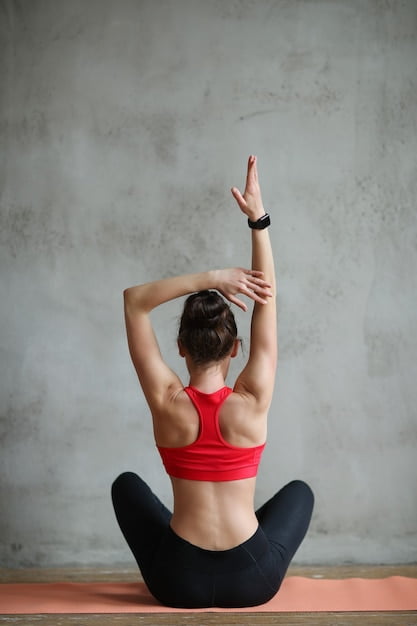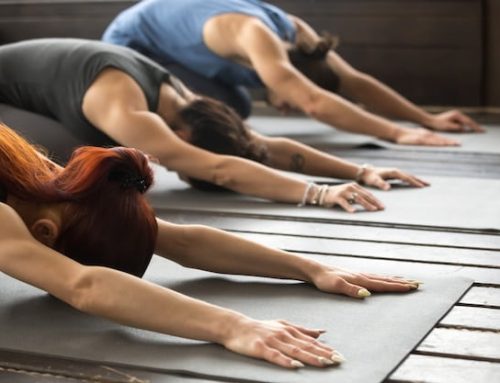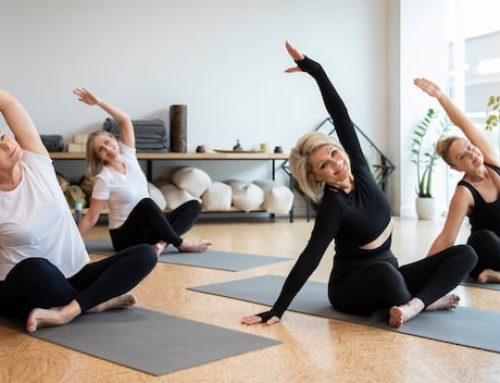The Importance of Stretching in Your Daily Routine
Stretching is an essential part of any fitness routine. It helps improve flexibility, range of motion, and prevent injury. But what about stretching without exercise? Is it still beneficial, or can it even be harmful? Here’s what you need to know.
What Happens When You Stretch?
When you stretch, you lengthen the muscles and increase blood flow and oxygen to the area. This helps reduce stiffness and improve mobility. Stretching also helps improve posture and balance, which can be especially important as you age.
Stretching vs. Exercise
Stretching and exercise are not the same things, but they do complement each other. Exercise helps build strength and endurance, while stretching helps improve flexibility and range of motion. Both are important for overall fitness, and ideally, you should do a combination of both.
Can You Stretch Without Exercise?
Yes, you absolutely can. In fact, stretching is beneficial even if you don’t exercise regularly. Stretching can help reduce stress, improve circulation, and alleviate muscle tension. However, it’s important to keep in mind that stretching alone won’t give you the same benefits as a regular exercise routine.
The Risks of Stretching Without Exercise
While stretching without exercise is generally safe, there are some risks to be aware of. If you overstretch or stretch cold muscles, you may be at risk of injury. It’s important to warm up before stretching and avoid pushing your body too far too quickly.
How to Incorporate Stretching Into Your Day
Stretching doesn’t have to be a big production. You can easily incorporate it into your daily routine by taking short stretch breaks throughout the day. This can involve standing up and stretching your arms and legs, or even doing some simple yoga poses.
The Bottom Line
Stretching is beneficial for everyone, whether or not you exercise regularly. While stretching alone won’t give you the same benefits as a regular exercise routine, it can help alleviate muscle tension, improve circulation, and reduce stress. Just be sure to warm up before stretching and avoid pushing yourself too far too quickly.
Table: Benefits of Stretching
| Benefit | Description |
|---|---|
| Improved flexibility | Stretching helps lengthen muscles and improves range of motion |
| Reduced injury risk | Stretching helps prepare muscles for exercise and can reduce the risk of injury |
| Improved posture | Regular stretching can help improve posture and reduce back pain |
| Reduced stress | Stretching can help reduce stress and promote relaxation |
| Improved circulation | Stretching helps increase blood flow and oxygen to the muscles |
Table: Types of Stretching
| Type of Stretching | Description |
|---|---|
| Static stretching | Stretching a muscle and holding the position for 30 seconds or more |
| Dynamic stretching | Moving a muscle through a full range of motion |
| Active stretching | Using the strength of the opposing muscle to stretch the target muscle |
| Passive stretching | Using an external force (such as a strap or partner) to stretch the target muscle |
In conclusion, stretching is an important aspect of fitness and overall health. While it’s not a replacement for exercise, stretching can still provide many benefits even if you don’t exercise regularly. By incorporating stretching into your daily routine, you can improve flexibility, reduce stress, and improve overall well-being. Just be sure to warm up before stretching and avoid pushing yourself too far too quickly.






